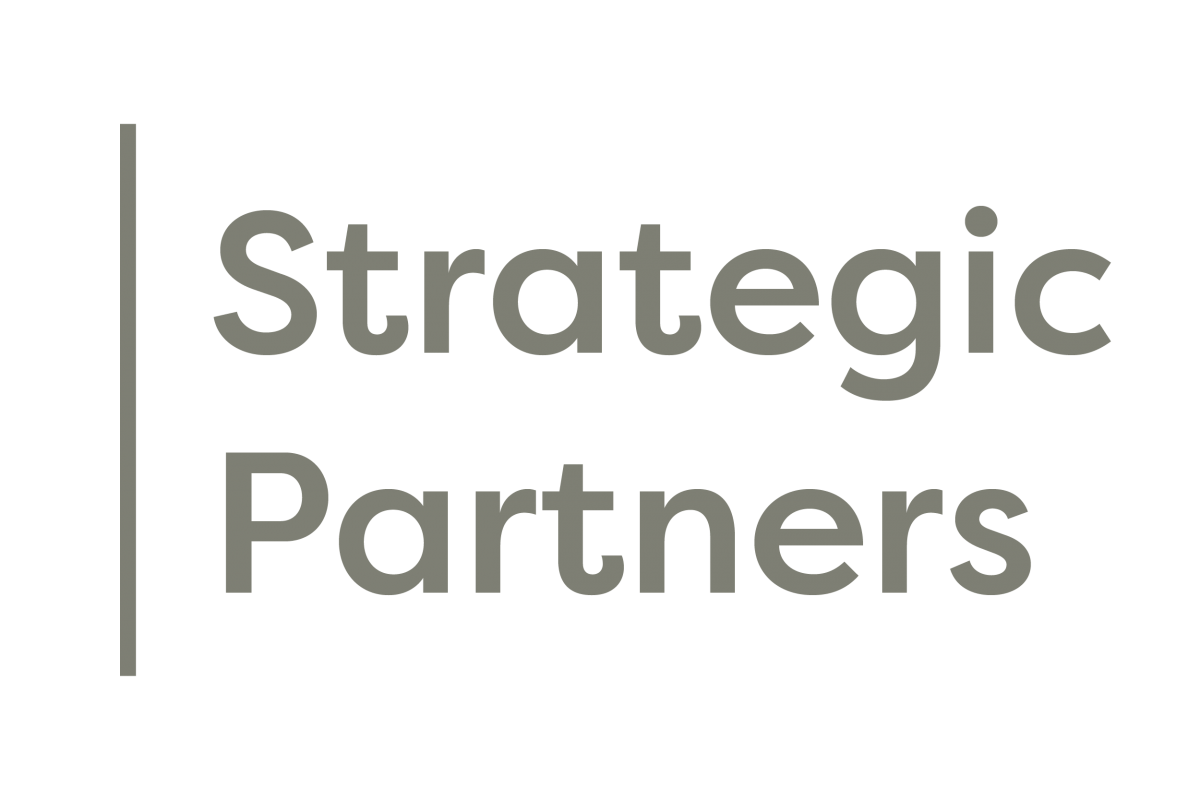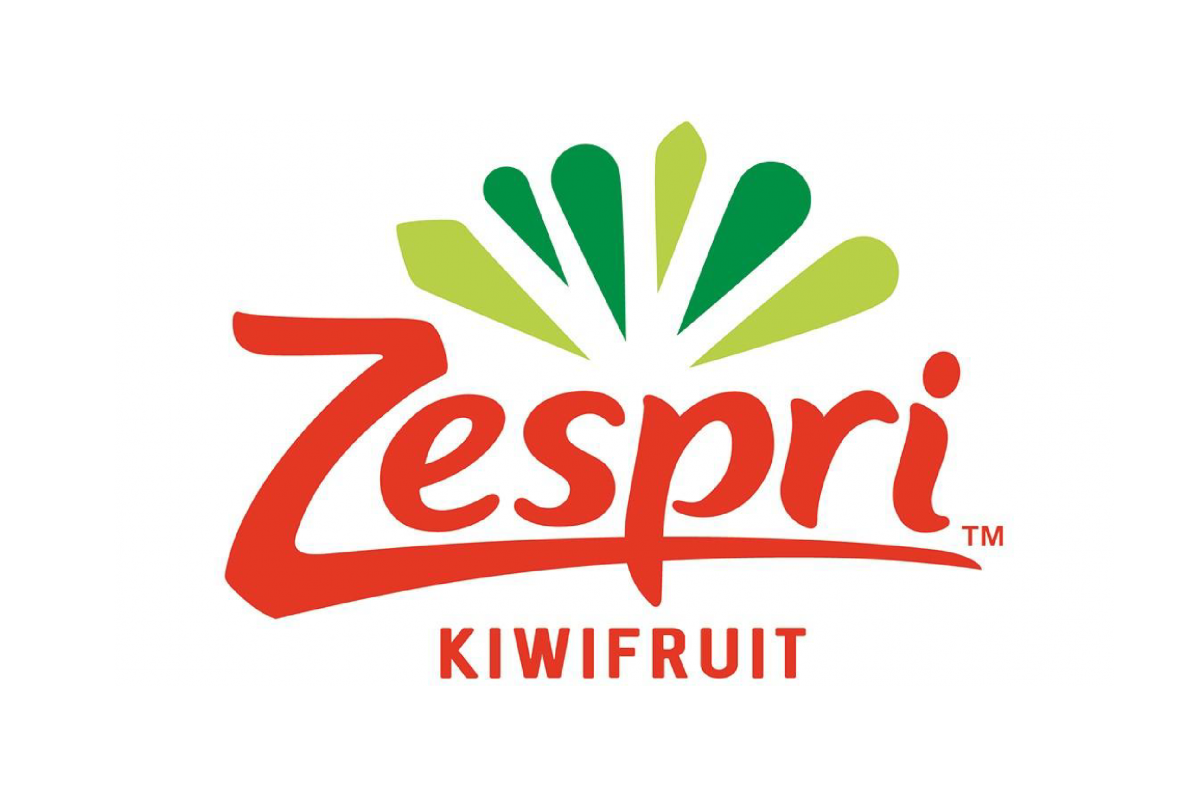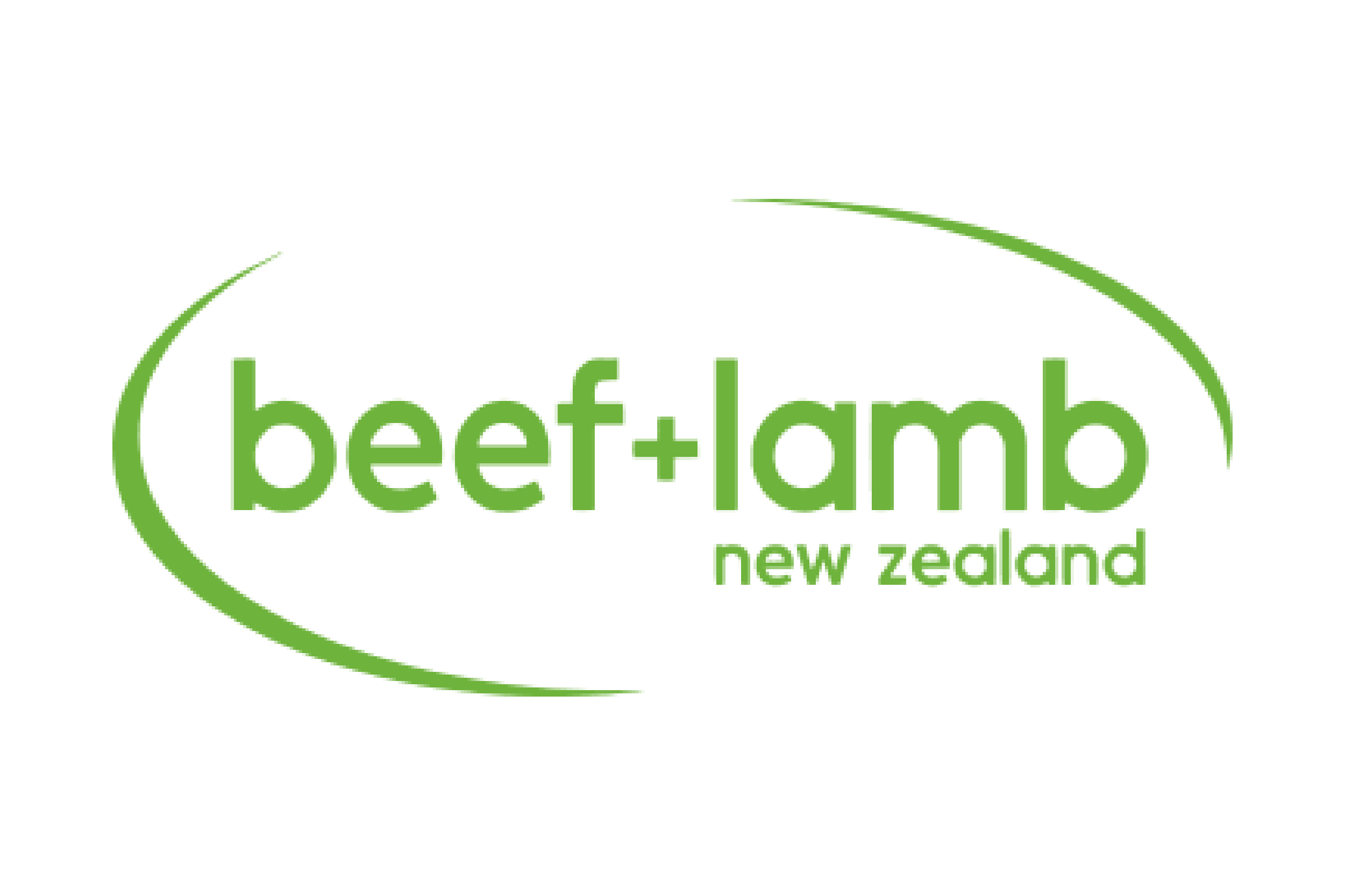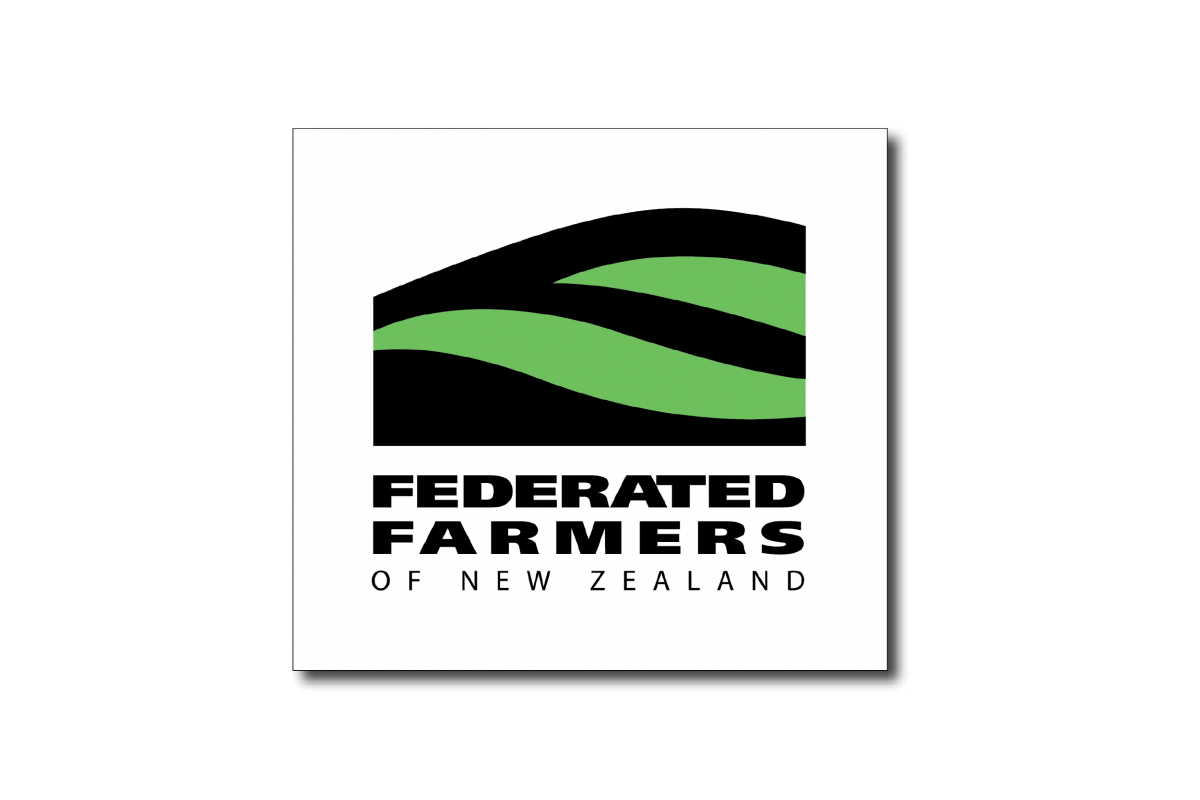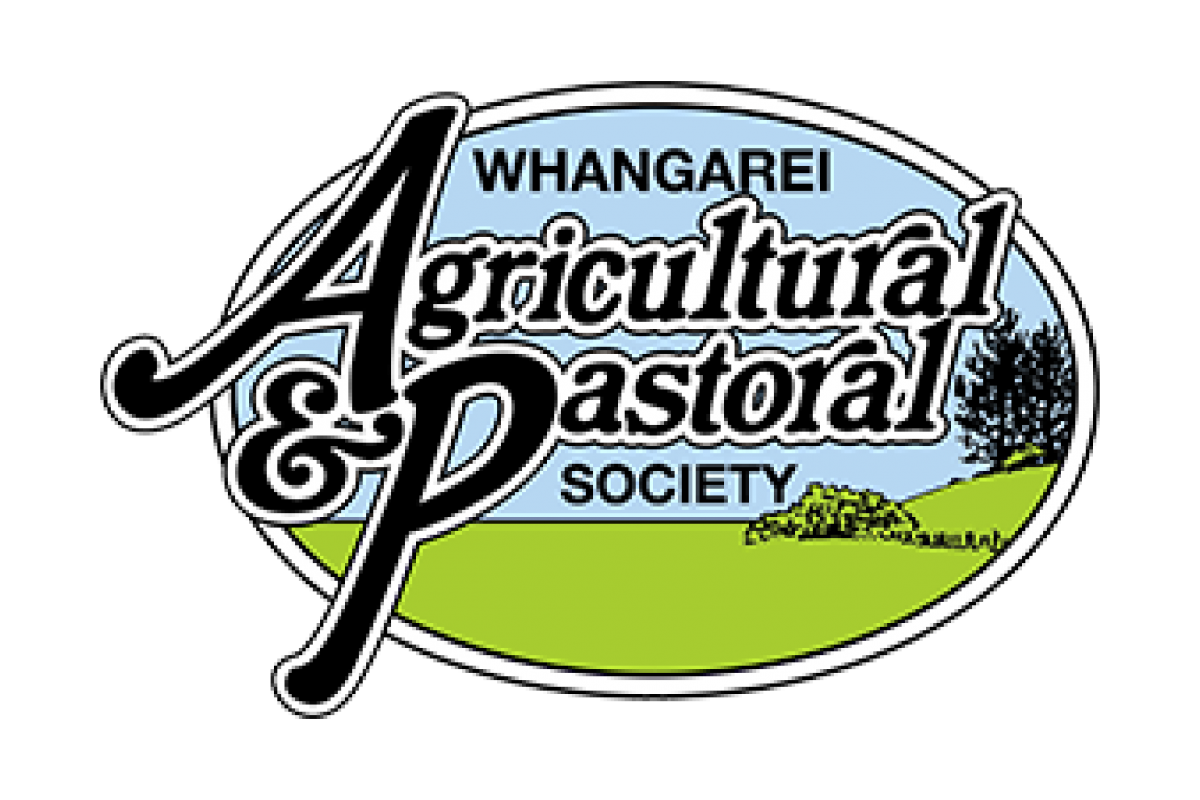Executive Summary
The current world of agriculture is uncertain, with challenges of climate change, water quality, animal welfare, the rise of plant-based proteins, and of course feeding an estimated 9.7 billion people by 20501. However as global agriculture stands on the cusp of significant change, New Zealand’s ability to adapt quickly will define the degree of opportunity available for us to capture.
New Zealand must sit in the driver’s seat and must come together as a sector and as a nation to achieve effective outcomes for both agriculture and the environment.
Globally New Zealand agriculture is punching well above its weight in terms of both its understanding of the impacts of its activities on the environment, but also in its recognition of the need to change. The key to success will be the development of an array of ‘change inducing tools’ that can be called upon by the sector to enable better environmental outcomes in agriculture.
Whilst it is certain that we have not achieved all that is needed in terms of reducing the impacts of agriculture on the environment, and there remains much which can continue to be done, compared to many other intensive agricultural nations, we have at least started along the path towards finding solutions to reduce the environmental footprint of agriculture.
The purpose of this research is to challenge the status quo, encourage conversation and debate, and spark action for transformational change within the agriculture sector in New Zealand. In this report I have focused on the ways the New Zealand agricultural sector, Local, and Central Government can work to enable better environmental outcomes in agriculture utilising policy and technology tools. My research has identified five key challenges that we need to address to ensure we can successfully reduce the environmental impacts of agriculture. We must build momentum and seek to engage broadly, in order to have any chance of realising success.
The challenges agriculture face are numerous and best described in the context of a “wicked problem”, that is, one which is not easy to define, one which has no easy answer, one which has conflicting and contradictory pieces of the puzzle, and one where the playing field changes frequently.
The first challenge is goal setting. My observation is that there is broad consensus on the need to change, however we need clear objectives to guide us on a path to transformational change. Otherwise how do we go about making this change if we don’t know where we are going, or how we will measure our success?
This plan must set out long term, ambitious goals that define what agriculture in New Zealand will look like in the future, what we will value, who our consumers will be, how our communities and our environment will look. We must have a Big Hairy Audacious Goal (BHAG) for New Zealand agriculture. We need to have all of the issues on our agenda when working through what our objectives and goals will be. The purpose of a goal is to help drive New Zealand towards a more sustainable agriculture framework for the future and to help preserve our position as truly global agricultural leaders. Until we have a vision, any change to our approach remains piecemeal and uncoordinated and unlikely to reduce the footprint of agriculture in a meaningful and measurable way.
The second challenge is taking a holistic approach. Our path must encompass holistic management that is outward looking. We can no longer continue to look at the challenges of agriculture as isolated component parts, and we cannot define our goals and objectives without bold leadership at all levels.
We must encompass holistic, community centric, collaborative decision making. The current decisionmaking tools such as the Resource Management Act 1991 (RMA) are often isolated from the principles of holistic management, despite being an effects-based planning mechanism.
If an RMA framework could be applied to an agreed strategy for agriculture in New Zealand, which had been developed on the principles of holistic management and evidenced based decision making then we may well be in a position to reduce the environmental footprint of agriculture within agreed tolerances relating to the impacts on the economics of farming. It is, however, my belief that an environmentally sustainable business will also be an economically sustainable business. We must recognise agriculture as a critically important New Zealand and global enterprise, but it is about achieving the three pillars of sustainability; Environmental Prosperity, Economic Prosperity and Social Prosperity.
A holistic approach supported by an agreed strategy will ensure balance between environmental, economic and social indicators. However, engaging with all New Zealanders will be critical to solving the challenges that we face. In this case engagement with all of New Zealand is about overcoming the perception that farming is bad for the environment, rather than requiring each and every New Zealander to actually patriciate. This links to my first recommendation of the need for effective engagement and informed robust conversations, which can and should provide a platform for sharing the good news stories about agriculture and the environment.
The third challenge is driving evidenced based decision making. This must play a lead role in shaping our goals and objectives and must inform the debate that we need to have about the future of agriculture and the environment. A good example of citizen led evidence-based decision making comes from an Irish example, known as the “Citizens Assembly”.
The assembly strives for “rational and reasoned discussion” and uses a panel of experts drawn from across the political spectrum to guide the deliberations. The discussions aim to build consensus on contentious issues through informed debate.
A process of this nature has the potential to provide a forum to help define the aspirational goals that we set to achieve and enable a consensus to be reached on the direction that we need to take. It will also lead toward a process of identifying what we value and its importance. This challenge is also linked to enabling technology, as data and interpretation of data will become essential for evidence-based decision making.
The fourth challenge is enabling technology. We cannot sit back and wait for technology to solve our challenges, as technology will not do this on its own. It is also possible that technology may not eventuate in the way that we need. We must therefore continue to encourage innovation and find new tools that help guide our decision making and enable better environmental outcomes.
Globally there are challenges with policy not readily enabling technology tools to be recognised or implemented.
There are many examples of new developments that fall within the growing global ag-tech space, such as satellite-based crop or pasture monitoring, or the application of in-field sensors and machine learning to make informed on-farm decisions. This space is developing quickly, but currently remains largely focused on precision ag tools that enhance production outcomes, or time/cost savings. There is much less focus on the application of technology to overcome the environmental hurdles that agriculture is facing, compared to the focus on addressing the productivity aspects of precision agriculture.
Sensor technology in an agri-environmental space remains underdeveloped but provides significant future opportunities for reducing the environmental footprint of agriculture. Currently there are challenges in applying technology to solve agri-environmental challenges. Policy and regulation don’t always enable technology uptake because they are reactionary in nature and they don’t anticipate technological changes as a solution when they are developed.
Take for example the challenge of nutrient losses to waterways, this is a very real problem that New Zealand is having to address. Imagine a world where we can put nutrient sensors into aircraft (or perhaps drones), and that we can map where actual nutrient losses are occurring either at farm scale or catchment scale, in close to real time, and on a regular basis.
In a scenario where we can monitor where actual losses are occurring, we can enable targeted mitigation and remediation. This will not only help improve our natural environment but will mean the cost of remediation and mitigation is applied at the actual source rather than a broad, less specific more generic mitigation approach.
Information and data are the currency that will transform agriculture from reactive to revolutionary, and we must adopt these now at speed and at scale. We will need to enable technology to turn data into opportunities, for example the Internet of Things (IOT) technology will enable us to collect more information, store it and use it to inform decision making.
The final challenge is driving a shift to outwards looking policy. The answer lies in redefining our approach to policy. It must be all encompassing and consider that the whole is greater than the sum of the parts.
This requires a shift from a reactive regulatory approach to a proactive regulatory approach, where regulation and policy is the backstop rather than the front door. By working more collaboratively between the agriculture sector and regulators and by putting more emphasis on implementation will also empower farmers to think beyond regulation as well.
We need to move towards monetising our sustainability, to become the world’s most sustainable agricultural nation, whilst remaining profitable.
We will be able to meet the demands of our communities and our consumers by setting ourselves high standards and consistently meeting these. To do this we need to address the five challenges;
- A Clear vision vs. A Vague plan
- A Holistic approach vs. Working in Silos
- Evidence based approach vs. Thought based approach
- Uptake of Technology vs. Maintenance of the Status Quo
- Enabling Policy Incentives vs. Policy Punishment by Rules.
I encourage you all to get on board with making bold changes for the future of New Zealand, and New Zealand Agriculture, such that changes in policy and technology can create an environment where inspiring goals can be achieved through ground-up collaboration across all stakeholders.
Enabling Better Environmental Outcomes in Agriculture – Kate Scott
Keywords for Search: Kate Scott, Katherine

